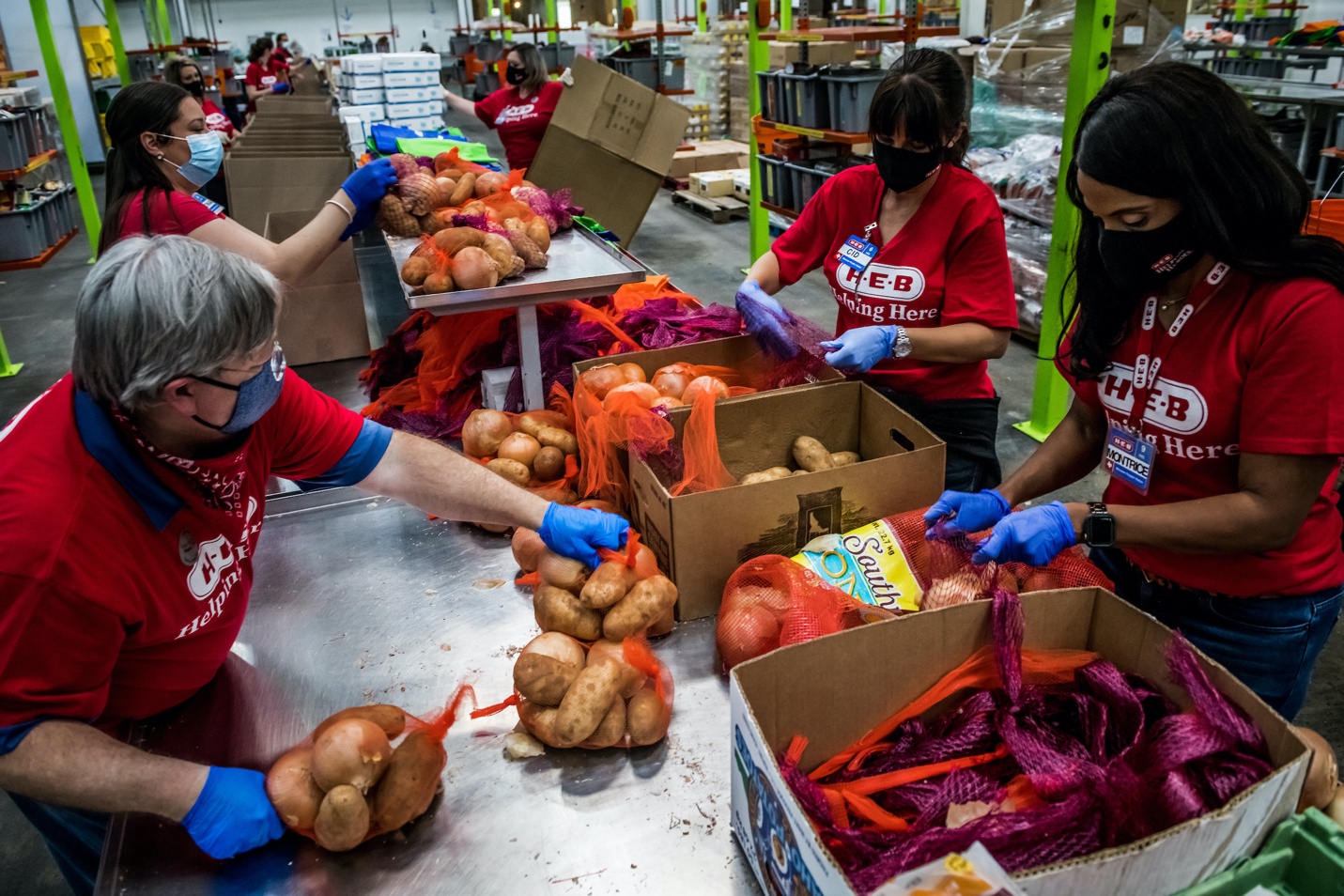
Expansion of Public Sector in Nicaragua Has Improved Quality of Life for Everyone
In 2018, 48% of U.S.-based churches had their own food-distribution ministry or supported efforts run by other churches or organizations such as food pantries or food banks.
These faith-based ministries, unlike government programs, provide immediate help to hungry people with no requirements. And more than two million people volunteer at a food pantry, soup kitchen, emergency shelter or after-school programs in the U.S., working more than 100 million volunteer hours a year—according to Hunger in America 2014, a study conducted by Feeding America.
This wave of charity recognizes a serious problem in the United States: Despite being a wealthy nation, food insecurity remains high.
People in the U.S. Are Not Food Secure
In the U.S., the average percentage of households with food insecurity stayed between 10% and 15% from 1995 until 2020, when the numbers shot up. Despite volunteer and government food aid, hunger grew 9% from 2019 to 2020, when 38 million people were hungry.
According to recent research by the Census Bureau from the week before Christmas 2021, 81 million people experienced food insecurity, and 45 million reported not having enough food. Families with children have suffered most: The rate of hunger has been 41% to 83% higher for households with children than adult-only households.
In 2020, one in seven (14.8%) households with children could not buy enough food for their families. The prevalence of food insecurity was much higher in some states than others, ranging from 5.7% in New Hampshire to 15.3% in Mississippi from 2018 to 2021.
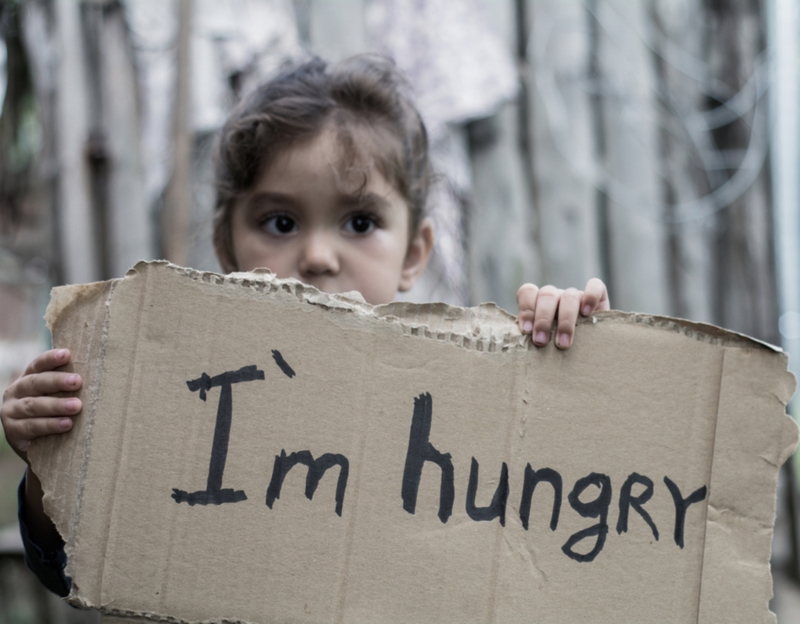
Twice as many Black households experience hunger than white households. During the pandemic, 19% to 29% of Black homes with children have reported not having enough to eat; 16% to 25% of Latino homes and 7% to 14% of white homes reported the same. Black families go hungry at 2 to 3 times the rate of white families.
Some 43% of Black households with children have experienced food insecurity during the pandemic—the highest rate in recorded history. Children get sick more often if they are not consuming enough nutritious food, and hunger impedes learning.
Thus, one in four people in our nation, the richest nation on Earth, did not have adequate access to sufficient nutritious food needed for a healthy life.
In the face of this pervasive food insecurity, families turn to a variety of sources for help.
More than 42 million people rely on SNAP, the Supplemental Nutrition Assistance Program. During the Covid pandemic, the USDA increased the purchasing power of the plan—by 21% —for the first time since 1975. There were also emergency allotments that increased the value of food stamps people received. This part will likely end soon.
In 2019, 35 million people relied on food charity, another sign that millions of people do not earn a living wage.
Undocumented immigrants are more dependent on food pantries because they are excluded from government programs. Church-related food programs make a big difference for these people’s lives, especially for their children.
One in eight families have reduced their food spending to pay for health care. And Black families are twice as likely to be unable to afford health care. Impoverishment in the United States includes food insecurity, lack of decent housing, lack of health care, poorly paid employment or no employment, and poor quality public education.
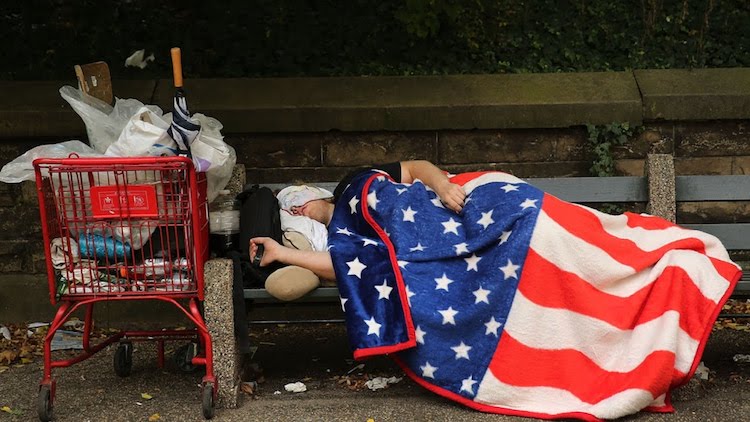
Approximately 80% of households receiving food stamps had at least one worker, indicating that millions of people do not earn a living wage.
In 2019, unemployment of Black individuals was double the rate of whites and Blacks were much more likely to only earn minimum wage or less.
In 2020, the average Black family had $1,500 for emergency spending, while white families had $7,500. Only 10% of Latino families had savings to last six months, while 36% of whites did.
In January 2020, at least 580,466 Americans were without a home, and 30% of those were children. Marginalized racial groups are more likely to be without homes as a result of segregation and discrimination in housing and employment as well as in many other areas of life. Hunger is not universal among unhoused people; however, it is much more frequent than among the housed population.
“Vehicle residency is one of the fastest-growing forms of homelessness,” said Sara Rankin, Professor of Law and Director of the Homeless Rights Advocacy Project at the Seattle University School of Law.
U.S. foreign policy has had a major effect on hunger and nutrition in developing nations for many years. U.S. agricultural policies aggressively promote creating markets for our farmers by promoting international reliance on U.S. food exports.
U.S.-Related International Food Insecurity
U.S. loan policies are never aimed at the food security of the population of developing nations; instead, they promote production and export of products such as bananas, sugar and coffee to the point that many developing nations are producing and exporting the same things. Thus, the international price stays artificially low, and the countries benefit little from these exports.
Small and medium-scale farmers plant the food that local people eat, like corn, beans, rice, vegetables and fruits, and they also raise farm animals in a more healthful way than large corporations. But U.S. policies have contributed to placing that land into the hands of large landowners and corporations.
The U.S. influences national policies of developing nations such that it is very difficult for small and medium-scale farmers to get loans or any other kinds of government support.
The U.S. subsidizes its own farmers to the point that products like corn and rice are actually sold below what would be the real price.
In this way, we put small and medium-scale corn and rice producers out of business in developing nations—they simply cannot compete with the large-scale subsidized farmers. So, most end up having to sell their land, leading to more large export-based farms—many now owned by U.S. corporations.
This whole process also leads to more migration out of these countries.
Dependency on food imports from the U.S. also undermines the international goals formulated at the 1974 UN World Food Conference to encourage food self-reliance and security from hunger.

An Example of Food Sovereignty for the United States and Other Nations
The small nation of Nicaragua in Central America has worked on ending poverty for the last fifteen years. One of the most important strategies has been to develop food security, and today they have reached approximately 90% food security.
This means that small and medium-scale farmers are producing 90% of the food that Nicaraguans eat: corn, beans, rice, plantains, vegetables, fruits, chicken, fish, pork, beef, honey, sugar, etc. Their population is much more food secure in times of crisis, whether it be a climate-related crisis or a political crisis. There are no factory farms of cattle. There are large and corporate producers of export crops like sugarcane; but even coffee production for export is held more in the hands of small and medium-scale producers.
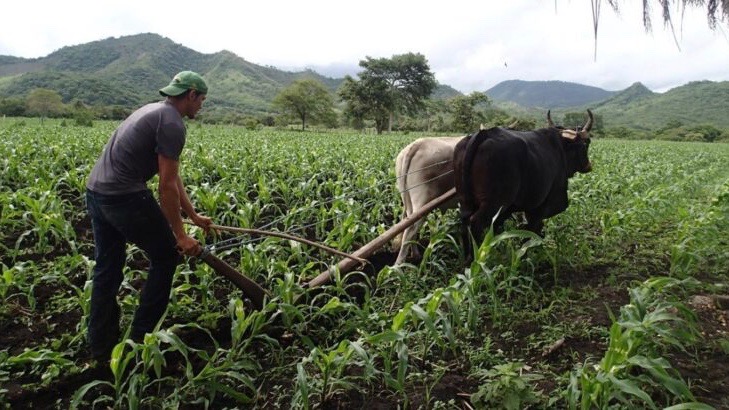
Along with this, they now have almost 100% electricity coverage, more than 90% of people have potable water in their homes, and there is good universal health care and education including technical and university education. The government subsidizes transportation, electricity and water for their more vulnerable population.
Since petroleum prices skyrocketed in March 2022, the government is covering all the increases in electricity, gas and gasoline. Since 2007, amazingly, they have increased renewable energy from 20% to almost 80% and are in third place worldwide.
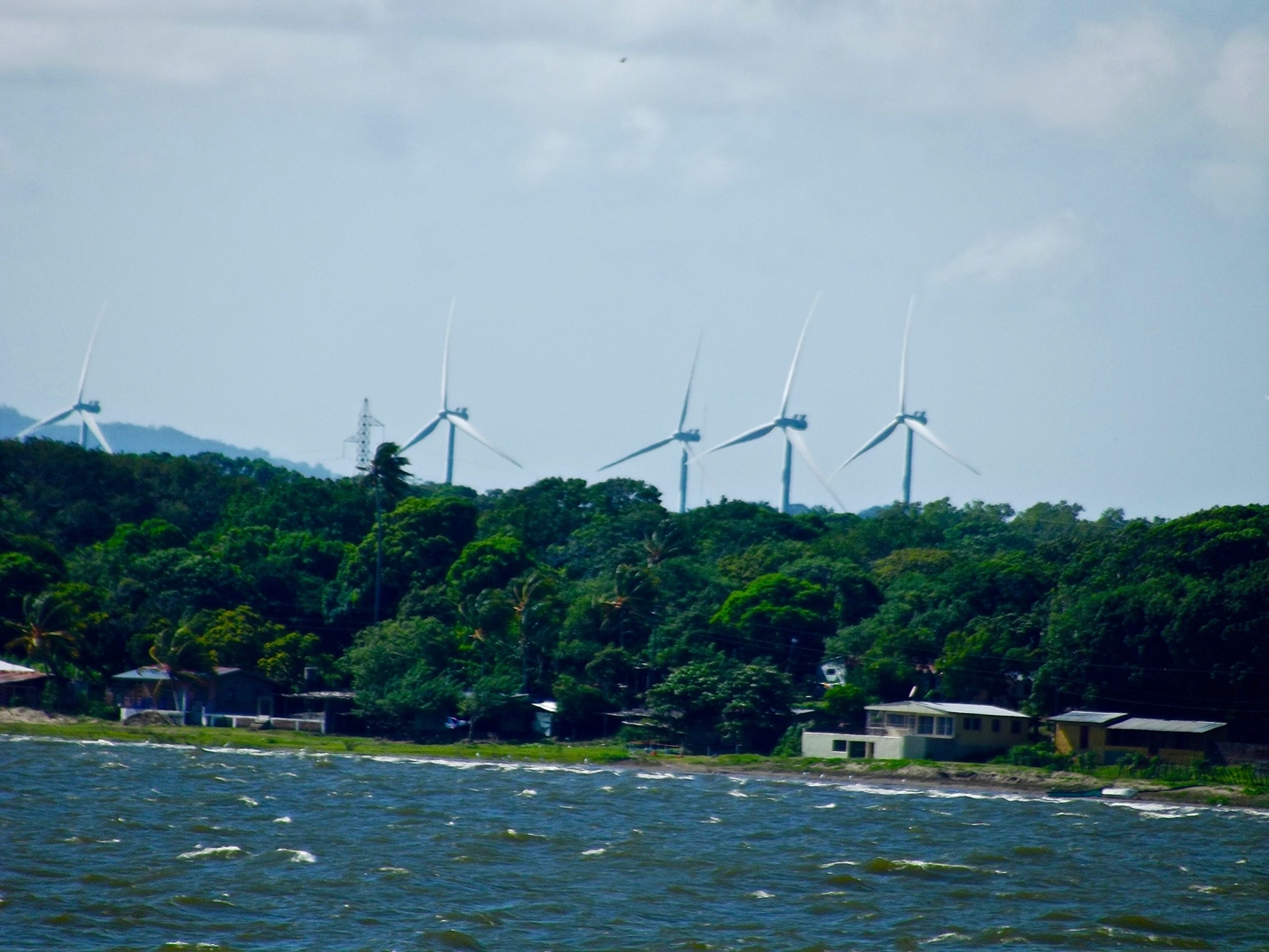
They had a major land reform in the 1980s that put land into the hands of nearly a million people. During three governments by and for the wealthy from 1990 to early 2007, much of that land returned to the hands of the wealthy. But government policies have helped nearly 600,000 families legalize their property. The government also makes technical assistance, training and low-interest loans available to micro and small-scale farm families.
It is interesting to note that, during the years of the Somoza-family dictatorship, supported by the U.S. from the 1930s to 1979, there was much concentration of land in a few hands. That impacted what was grown and how. In the western Pacific area, there were so many pesticides used for production of cotton that, even today, pesticides are found in the breast milk of women from this area.

Because of current Nicaragua policies that benefit the people instead of U.S. corporations, the U.S. has been doing many things to destabilize Nicaragua politically, and even directed and financed a coup attempt in 2018.
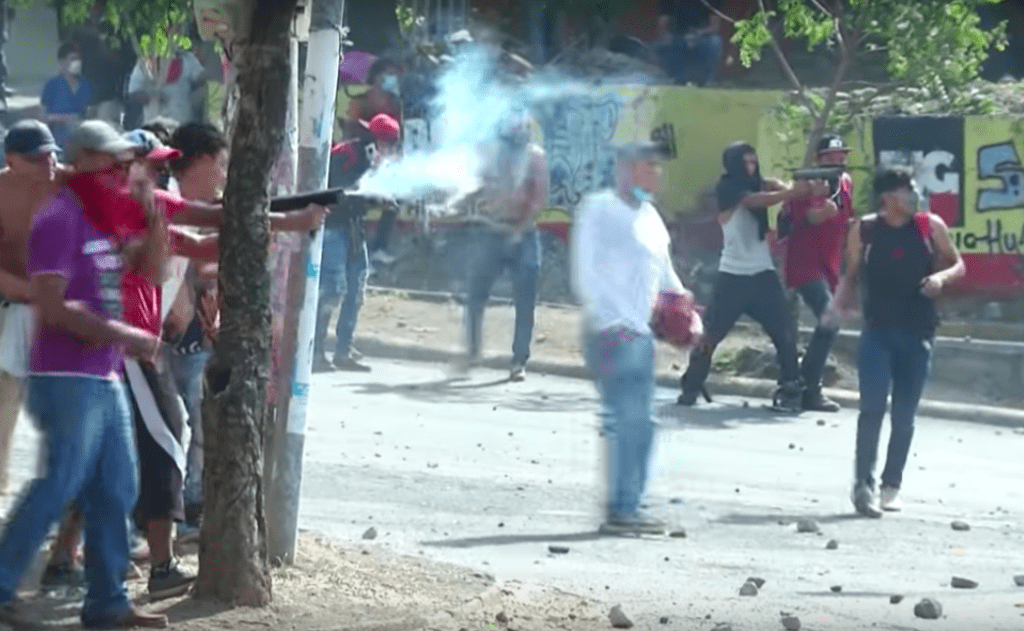
Although it didn’t fly, it cost the economy billions of dollars, and the U.S. continues to try to destroy the excellent example Nicaragua is giving to the world. Just visit Nicaragua and you will see that another world is possible and that we could be employing similar policies in our country.
Corporate Profits Limit Food Security and Health in the United States
Monoculture production of grains on a corporate scale is not good for the land and requires enormous amounts of fertilizers and pesticides. Whereas sustainable farming practices control weeds, insects and other pests with ecosystem management, farmers who monocrop are dependent on pesticides. Pesticides are linked to multiple health problems, including neurological and hormonal disorders, birth defects, cancer and other diseases.
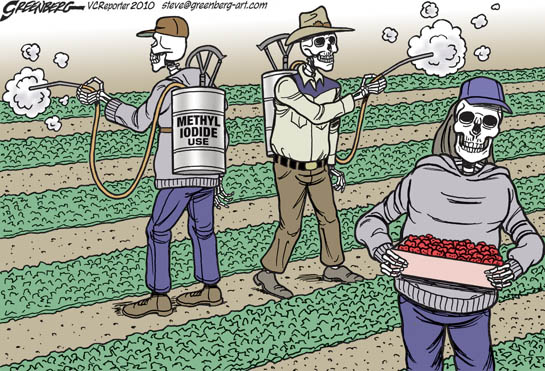
Production of cattle, pigs and chickens on a corporate scale is terrible for the environment and there are many cases of water sources being polluted.
Corporate-raised animal products such as beef have lower levels of important nutrients and are higher in LDL (the “bad”) cholesterol. Grass-fed cows eating in a field produce milk and meat higher in omega-3 fatty acids, high-quality fats, and precursors for Vitamins A and E.
The volume of animal waste produced on factory farms is much greater than that of human waste. Household waste is processed in sewer systems, while animal waste is often stored in lagoons and applied, untreated, as fertilizer to farm fields. That excrement stored in lagoons has pathogens such as E.coli, residues of antibiotics, animal blood, bedding waste, cleaning solutions and other chemicals. Manure pit gases with hydrogen sulfide, ammonia and methane fill the air, along with dust and irritants.
Factory farming is especially threatening to ground water supplies. Bacteria, viruses and nitrates can enter the supply and the community can be exposed to disease and nitrate poisoning. Nitrate poisoning is dangerous to infants and fetuses and can lead to birth defects and miscarriages. It has also been associated with esophageal and stomach cancers.
There is substantial overuse of antibiotics on factory farms—80% of antibiotics sold in the world today are for corporate farming. Antibiotic overuse leads to the evolution of antibiotic-resistant bacteria. Then with mutations, these bacteria can jump to humans, causing pandemics. Pandemics are also associated with viral mutations promoted by the large number of animals in very small spaces. In recent years, we have seen an increase of zoonotic diseases; these are infectious diseases caused by a pathogen such as a bacterium, virus, parasite or prion that has jumped from an animal to a human. Examples are salmonellosis, Ebola, influenzas, and bird and swine flu.
In the United States, along with food charity, it is essential for us to become involved in changing food production policies that support more small and medium-scale farmers who can be encouraged to use sustainable practices through loan policies, for example.
We also need an agrarian reform plan and laws to limit how big a farm can be so that we prioritize the health of our population instead of prioritizing the profits of corporations. And, of course, we need good jobs that pay a living wage so that everyone can enjoy good nutrition—and we must recognize this as a human right.
One last point as food for thought. The U.S. has already sent $13.6 billion in arms to Ukraine and it appears on the verge of sending $33 billion more in arms. To end world hunger would only cost $45 billion. Why do our lawmakers so easily spend billions on war but do not even consider spending money on peace?

CovertAction Magazine is made possible by subscriptions, orders and donations from readers like you.
Blow the Whistle on U.S. Imperialism
Click the whistle and donate
When you donate to CovertAction Magazine, you are supporting investigative journalism. Your contributions go directly to supporting the development, production, editing, and dissemination of the Magazine.
CovertAction Magazine does not receive corporate or government sponsorship. Yet, we hold a steadfast commitment to providing compensation for writers, editorial and technical support. Your support helps facilitate this compensation as well as increase the caliber of this work.
Please make a donation by clicking on the donate logo above and enter the amount and your credit or debit card information.
CovertAction Institute, Inc. (CAI) is a 501(c)(3) non-profit organization and your gift is tax-deductible for federal income purposes. CAI’s tax-exempt ID number is 87-2461683.
We sincerely thank you for your support.
Disclaimer: The contents of this article are the sole responsibility of the author(s). CovertAction Institute, Inc. (CAI), including its Board of Directors (BD), Editorial Board (EB), Advisory Board (AB), staff, volunteers and its projects (including CovertAction Magazine) are not responsible for any inaccurate or incorrect statement in this article. This article also does not necessarily represent the views the BD, the EB, the AB, staff, volunteers, or any members of its projects.
Differing viewpoints: CAM publishes articles with differing viewpoints in an effort to nurture vibrant debate and thoughtful critical analysis. Feel free to comment on the articles in the comment section and/or send your letters to the Editors, which we will publish in the Letters column.
Copyrighted Material: This web site may contain copyrighted material the use of which has not always been specifically authorized by the copyright owner. As a not-for-profit charitable organization incorporated in the State of New York, we are making such material available in an effort to advance the understanding of humanity’s problems and hopefully to help find solutions for those problems. We believe this constitutes a ‘fair use’ of any such copyrighted material as provided for in section 107 of the US Copyright Law. You can read more about ‘fair use’ and US Copyright Law at the Legal Information Institute of Cornell Law School.
Republishing: CovertAction Magazine (CAM) grants permission to cross-post CAM articles on not-for-profit community internet sites as long as the source is acknowledged together with a hyperlink to the original CovertAction Magazine article. Also, kindly let us know at info@CovertActionMagazine.com. For publication of CAM articles in print or other forms including commercial internet sites, contact: info@CovertActionMagazine.com.
By using this site, you agree to these terms above.
About the Author

Nan McCurdy works for the United Methodist Church in the state of Puebla, Mexico with Give Ye Them to Eat (GYTTE), a ministry with impoverished rural people that works in community-based health, sustainable agriculture, and community development specializing in appropriate technologies.
Nan is also the editor of the weekly on Nicaragua, NicaNotes.
Nan can be reached at nanmigl@yahoo.com.


Your comment is very beneficial for the future, you have written in a very beautiful way, you have an inspiration for the youth who come to your comment is really very beautiful, nowadays children do not know where they are wandering, no one can make a comment like you. The post is very different.
I especially appreciated the insights into a sane type of life such as that of Nicaragua the author elucidates. However as to the US being the richest nation on Earth, Vietnamese poet Linh Dinh makes the credible case in his 2017 book Postcards From the Edge of America. that far from being the world’s richest country, the US is one of the poorest. I think that is going to express itself more and more soon, with a $30 trillion national debt and the dollar soon to lose its status as world’s reserve currency. The cliche about America being the richest country in the world will soon be recognized as the monstrous prevarication it is. It couldn’t happen to a better,more savage,and warlike country.
Nan McCurdy has written a really fine article on the problems of food security as it applies both domestically and internationally. Here in Aotearoa/NZ, governments have been obsessed with pushing free trade for our agricultural exports for decades, helping the US transform GATT into the WTO via the trojan horse free trader Cairns Group back in the late 80s and early 90s. Now with the compounding socio-economic inequalities, we have a significant number of our own children afflicted with malnutrition and hunger. It is great to see Nicaragua get back on track despite all the external pressures and set such an inspiring example for the rest of the world.
Thanks for painting a clear picture of food insecurity in the US. A commonly overlooked factor is systemic wage theft in the public sector: https://boltsmag.org/unpaid-prison-labor-report. Some 1 million prison inmates work for zero to near-zero pay while producing billions of dollars of goods and services behind bars.
This corrupt public policy is enabled by the notorious “slavery loophole” in the 13th Amendment. It explicitly legalizes enslavement as punishment of convicted persons. If paid a fair wage, inmates could flow their prison earnings to often-impoverished, food-insecure families and children back home. Needless to add (but I will anyway), inmates and their families are disproportionately Black and brown.
By the way: Nicaragua’s incarceration rate (2021) is 332 per 100,000 population. In America, the Land of the Free? 664 per 100,000. It’s a relatively recent phenomenon: in 1970 the US incarceration rate was about 102 per 100,000.
Getting paid every month online from home extra than $18k with the aid of doing an easy paintings like replica and paste on-line from home. I actually have made $18745 final month from this home primarily based online paintings in my element time most effective. Awesome scs02 paintings and clean to earn like by no means earlier than. Want to sign up for this and makes extra bucks
from home then comply with information on the given website……… https://workofferweb21.blogspot.com/
Covert Action should block spammers like this one. I’m surprised you don’t.